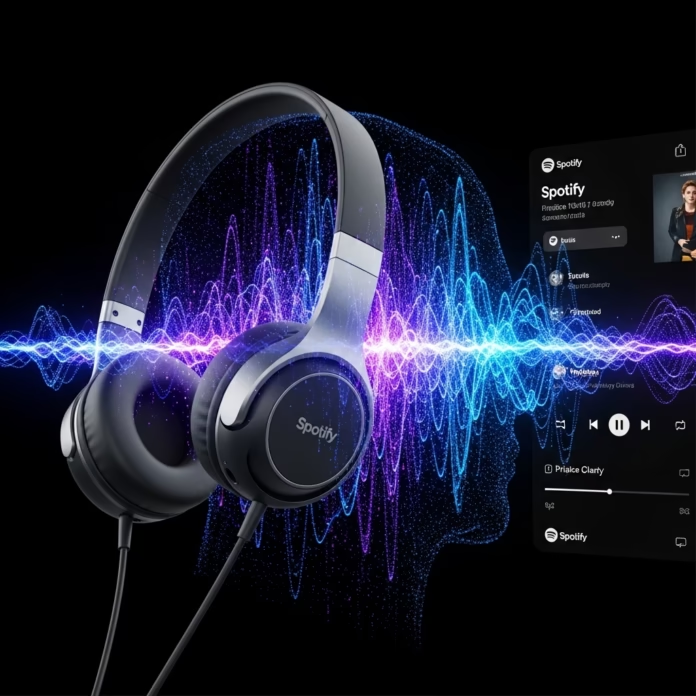Spotify has recently introduced a significant upgrade for its audiophile listeners: a new high-resolution audio format known as Lossless Listening. This eagerly anticipated feature promises to elevate the streaming experience by delivering music in its purest form, offering an unparalleled level of detail and fidelity.
At its core, Lossless Listening allows users to stream music in 24-bit/44.1 kHz FLAC, which stands as the least compressed and highest resolution audio format currently available. What this translates to for the listener is a noticeably richer and more authentic sound compared to standard audio streams. Imagine hearing every subtle nuance, every instrumental texture, and every vocal inflection with remarkable clarity, just as the artists and engineers intended.
The distinction between lossless and traditional “lossy” audio is crucial to understanding this advancement. Lossless audio files are essentially perfect replicas of the original recording, retaining all of the intricate audio information without any compromise. As an audio tech brand like Sonos explains, every digital audio file is composed of numerous “snapshots” of a soundwave. The more snapshots there are, the higher the sample rate, and consequently, the superior the audio quality. Lossless ensures that every one of these snapshots is preserved. In contrast, lossy formats, while smaller and more convenient for bandwidth-limited environments, achieve their reduced file size by selectively discarding some of the original audio data – information that, once removed, cannot be recovered.
Jack Mason, a producer and engineer at Spotify Studios, emphasizes this point, noting that without lossless technology, track files might undergo compression during the encoding process. This compression, he explains, can detract from the optimal quality, leading to a less faithful reproduction of the original sound. Lossless, on the other hand, guarantees that what is delivered to the streaming service is precisely what the listener hears, with no alterations.
However, this commitment to uncompromised audio quality comes with a few practical considerations. Due to their high resolution, lossless audio files are inherently much larger than their lossy counterparts. For the time being, Spotify advises users to experience this premium quality primarily through wired headphones or speakers, connected via a non-Bluetooth connection. The current bandwidth capabilities of Bluetooth technology are generally insufficient to transmit the considerable file sizes of lossless audio without introducing bottlenecks or degradation.
Furthermore, because these files are so substantial, users should anticipate a slight delay for tracks to begin playing, rather than the instantaneous startup often experienced with standard quality streams. This brief moment allows the larger data packets to buffer, ensuring a smooth and uninterrupted high-fidelity playback.
In essence, Spotify’s Lossless Listening marks a significant step forward for serious music enthusiasts. It represents a commitment to delivering an audio experience that mirrors the artist’s original vision, free from the compromises of data compression. While it requires a specific setup to fully appreciate—namely, wired connections—the reward is a profoundly immersive and detailed sonic journey, allowing listeners to rediscover their favorite music with newfound clarity and depth.

